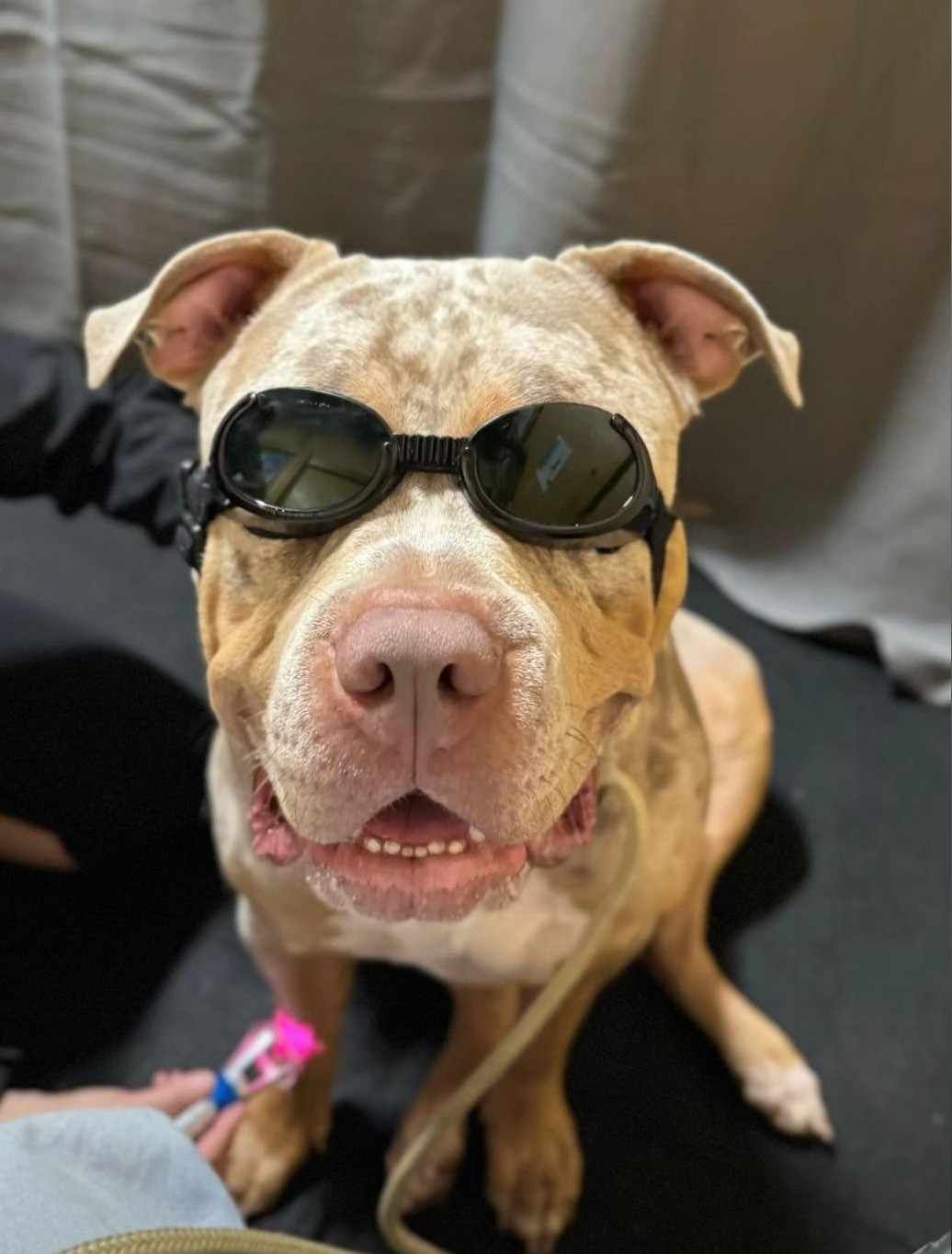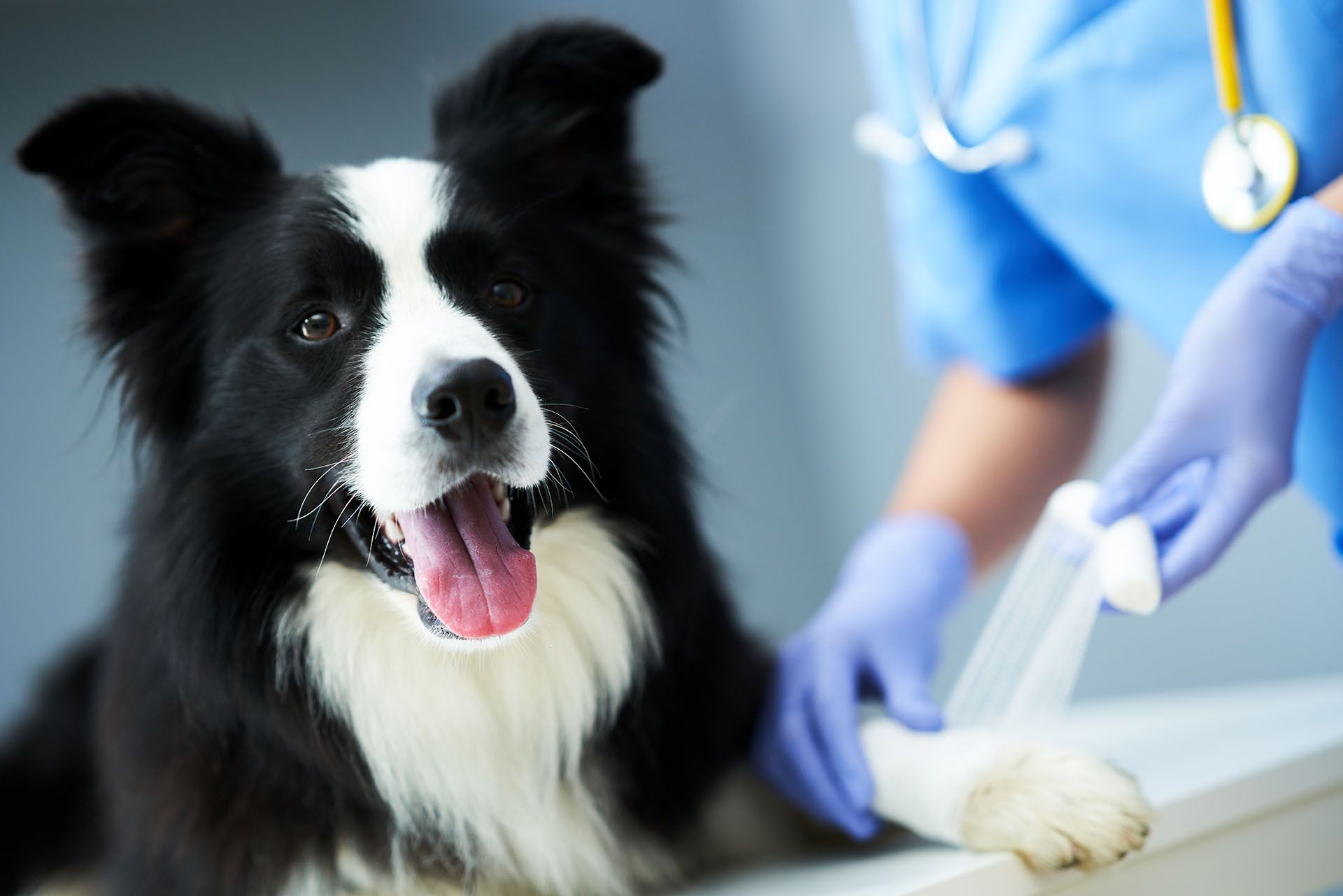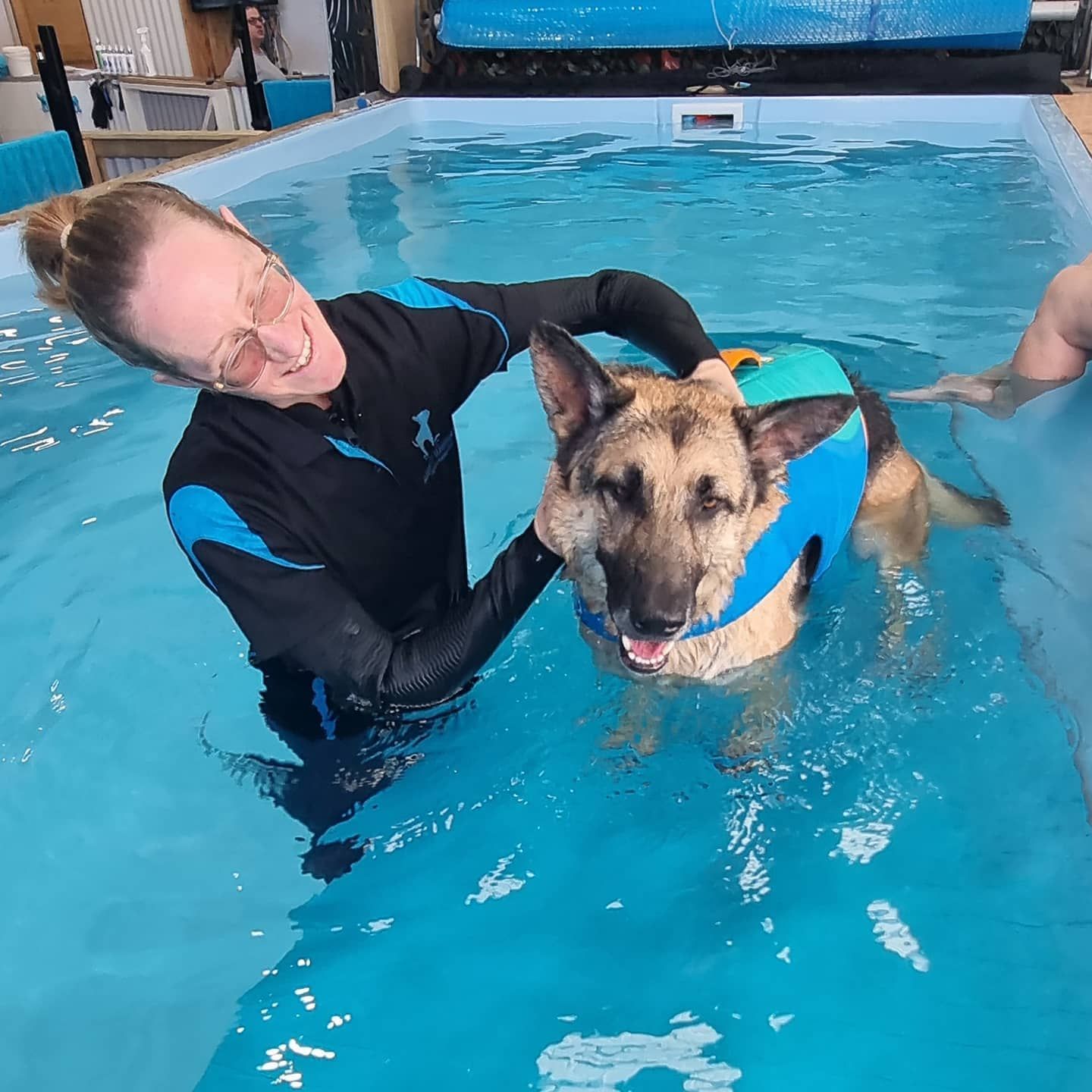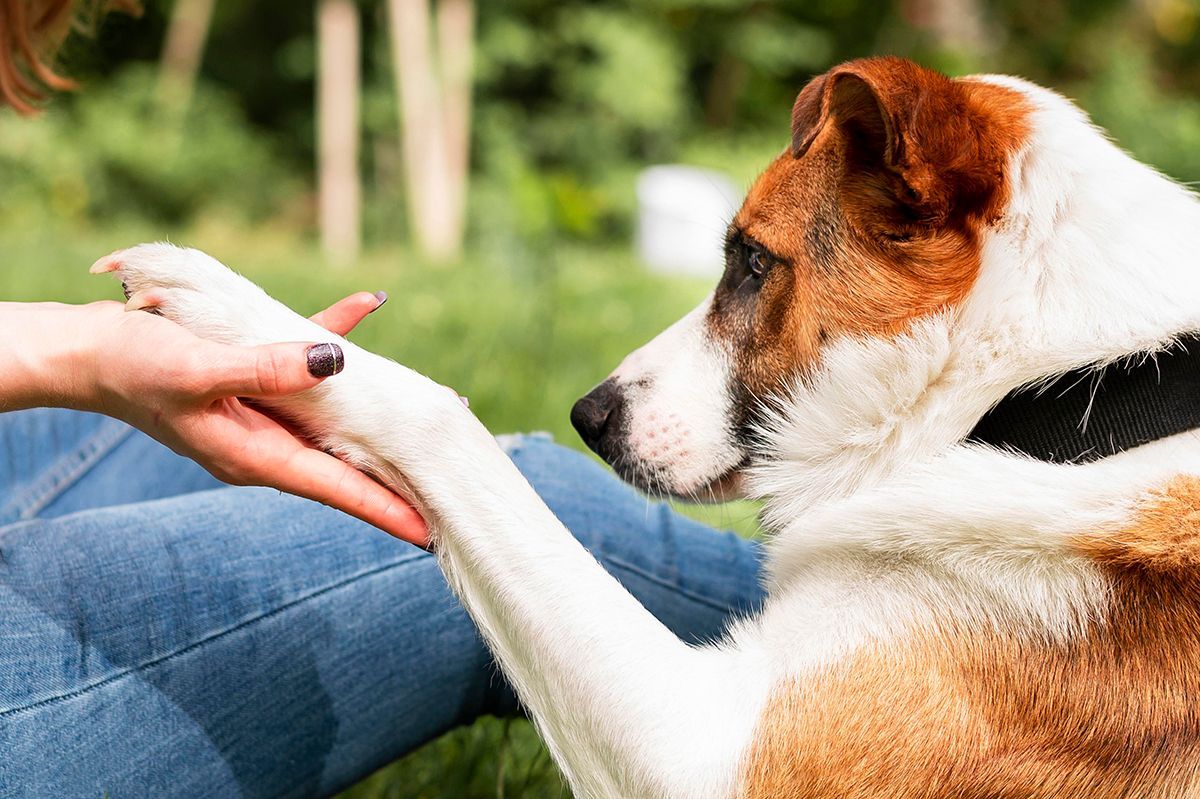Managing Arthritis in Dogs. How To Help Your Furry Friend Live Their Best Life.
Arthritis is a common condition in dogs, particularly as they age, and it can cause a range of symptoms. Common signs and symptoms of arthritis in dogs include:
- Limping or favouring one or more limbs
- Stiffness or reluctance to move, particularly after rest or exercise
- Decreased activity or lethargy
- Difficulty standing up, lying down, or climbing stairs
- Yelping or whining when touched or moving
- Swollen joints or loss of muscle mass in affected limbs
- Licking or chewing at affected joints
- Changes in behaviour, such as increased irritability or aggression
- Loss of appetite or weight loss
- Changes in posture or gait
If you notice some of these symptoms in your dog, it's important to consult with your vet. Arthritis can be managed effectively with early intervention and treatment, and your vet can help you develop a plan to keep your dog comfortable and active.
What causes arthritis in dogs, and can it be prevented?
Arthritis in dogs can be caused by a variety of factors, including genetics, injury, infection, and wear and tear on the joints due to aging. Large breeds of dogs, such as Great Danes and Labrador Retrievers, are more prone to developing arthritis, as are dogs that are overweight or have had previous joint surgery. Additionally, certain conditions, such as hip dysplasia can also lead to arthritis in dogs.
While arthritis cannot be entirely prevented, there are steps that can be taken to reduce the risk or delay the onset of arthritis in dogs. These include:
- Maintaining a healthy weight: Excess weight puts additional pressure on the joints and can accelerate joint degeneration.
- Providing regular exercise: Regular, low-impact exercise, such as walking or swimming, can help keep joints limber and prevent muscle loss.
- A balanced diet that includes essential nutrients can help keep bones and joints healthy.
- Supplementing with glucosamine and chondroitin: These supplements have been shown to help improve joint health and may delay the onset of arthritis.
- Seeking prompt treatment for joint injuries or infections: Prompt treatment of joint injuries or infections can help prevent the development of arthritis.
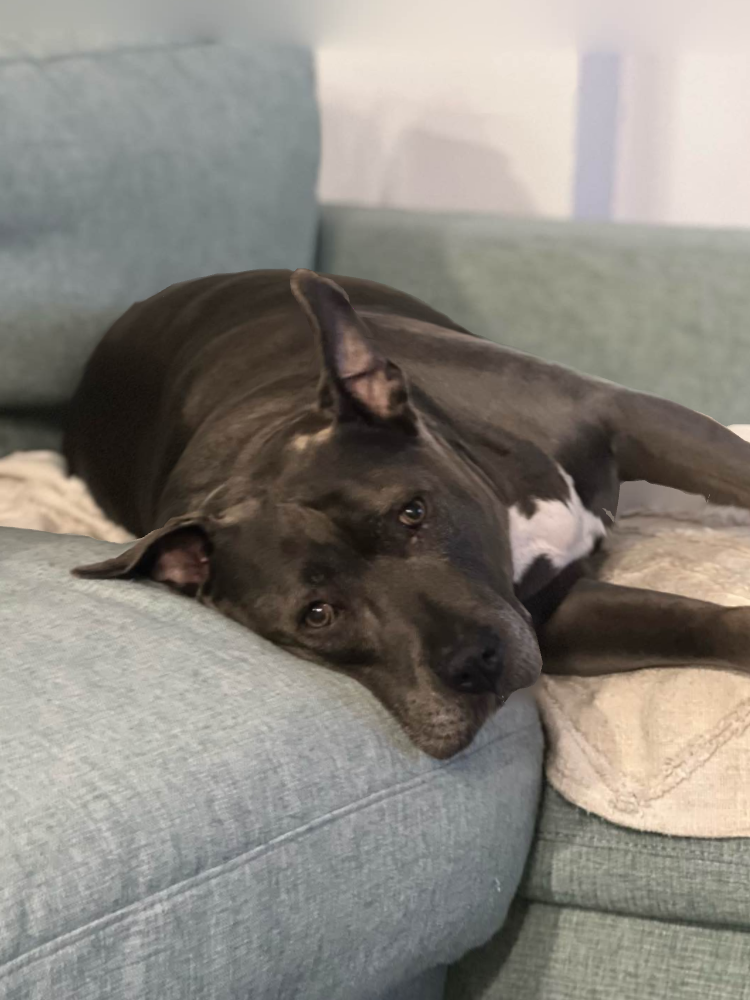
What are the different treatment options for arthritis in dogs, and which one is the most effective?
There are several treatment options available for arthritis in dogs, and the most effective approach may vary depending on the severity of the condition, the dog's age, and other individual factors. Common treatment options for arthritis in dogs include:
- Nonsteroidal anti-inflammatory drugs (NSAIDs): These medications help reduce pain and inflammation in the joints and are often used as the first line of treatment for arthritis. However, long-term use of NSAIDs can have side effects, such as stomach ulcers, liver and kidney damage, and an increased risk of bleeding. Other medications, such as tramadol and gabapentin, may be used to manage pain associated with arthritis.
- Joint supplements: Glucosamine and chondroitin supplements may help improve joint health and reduce the progression of arthritis. Other supplements, such as omega-3 fatty acids and green-lipped mussel extract, have also shown promise in reducing inflammation and improving joint mobility. Here at Water Walkies, we’ve seen amazing results firsthand from some of our clients who added Antinol Rapid to their dog’s diet. We were so impressed that we applied to become a stockist. For more information about Antinol Rapid, head over to their website www.antinol.com.au.
- Physical therapy: Range of motion exercises, massage, and hydrotherapy can help improve joint mobility and reduce pain.
- Weight management: Maintaining a healthy weight can reduce the pressure on the joints and slow the progression of arthritis.
- Surgery: In severe cases, surgery may be necessary to repair or replace damaged joints.
It's important to work with a veterinarian to determine the best treatment plan for your dog. A combination of medications and other treatments might be the most effective approach for some dogs. Regular monitoring and adjustments to the treatment plan may be necessary to manage the condition effectively.
How can canine hydrotherapy benefit the management of arthritis in dogs?
Canine hydrotherapy involves exercising in water, typically in a pool or tank. It can be a beneficial treatment option for dogs with arthritis. Water Walkies is a purpose-built facility that includes an underwater treadmill and a custom canine hydrotherapy pool. The underwater treadmill allows for exercising in a non-weight-bearing environment and has 360 degree cameras that allow for gait assessment. The hydrotherapy pool is heated and features a non-slip ramp to allow easy access and egress. Dogs are supported at all times with a qualified hydrotherapist to ensure their safety.
Hydrotherapy is very beneficial for the management of arthritis in dogs. It helps with:
- Reduced pain and inflammation: Water provides buoyancy, which can reduce the weight-bearing load on the joints and decrease pain and inflammation. The warmth of the water can also help soothe sore muscles and joints.
- Improved joint mobility: The resistance of the water can help improve joint mobility and range of motion, which can lead to increased flexibility and decreased stiffness.
- Strengthened muscles: The resistance of the water can also help strengthen the muscles around the joints, which can improve joint stability and support.
- Low-impact exercise: Hydrotherapy is a low-impact form of exercise that can be particularly beneficial for dogs with arthritis, as it puts less stress on the joints than other forms of exercise.
- Weight management: Hydrotherapy can also help with weight management, as it provides a low-impact form of exercise that can burn calories and help maintain a healthy weight.
Case Study: Chloe
Chloe is an American Staffy and she has shown a reduction in her arthritis symptoms since coming to Water Walkies. Here’s what Chloe’s mum, Jacinda had to say:
Chloe was referred to Water Walkies by Dr Brett from Greencross Vet Fairy Meadow, following Chloe having to undergo urgent spinal surgery in Sydney as a result of a bulging disc. She had become paralysed and could not stand or walk so she was rushed to Sydney for X-rays and subsequently spinal surgery.
Initially, the plan was rehabilitation using water resistance to build Chloe's strength and mobility back up following surgery. However, she is 10 years old and also has some arthritis so swimming and walking on the treadmill underwater are excellent choices for low-impact exercise and movement for her joints.

We've been attending Water Walkies now for about 10 months and her strength is beyond words. She is stronger than she has ever been. Her arthritis is still present of course but without Water Walkies she would be a lot less mobile and agile.
Chloe can be a bit lazy given her age, but she knows what's up when I grab her towel and lead of a Tuesday mid-morning - she knows she is off to Water Walkies and she is up and waiting at the door. She loves seeing Ali and Cath every Tuesday for her pats and attention and treats, the exercise is a bonus!
At the conclusion of her session, we head to the shower before her last pats from the staff for the day as we head home. Once we get home there is not much energy left to do much more than sleep and snooze the afternoon away until dinner is served! Tuesday nights are always guaranteed a quiet night with Chloe totally exhausted!
Attending Water Walkies is the best decision we ever made for Chloe. The benefits to her health, happiness, and well-being are fantastic and I love seeing how happy and excited she is when she is there!
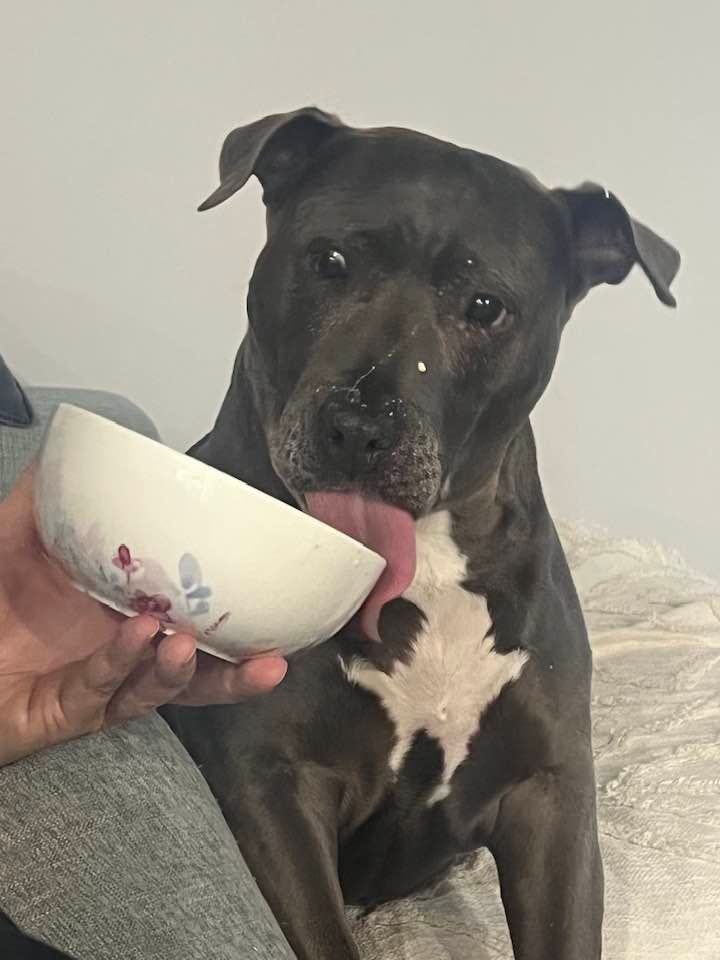
If you believe your dog could benefit from hydrotherapy to help manage their arthritis symptoms, the first step is to talk to your vet. All Water Walkies clients are required to obtain a vet clearance before starting and we will work alongside your vet to determine the most suitable treatment approach.

